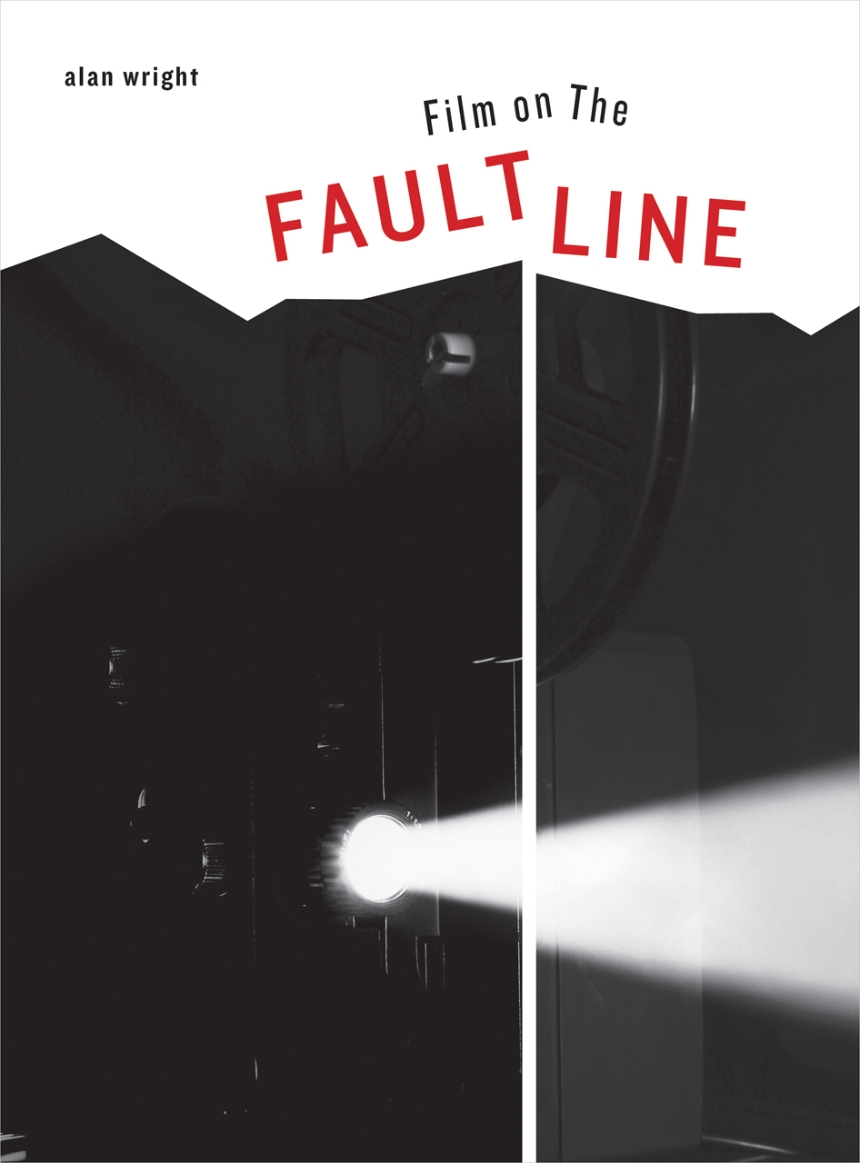Distributed for Intellect Ltd
Film on The Faultline
Film has always played a crucial role in the imagination of disaster. Earthquakes, especially, not only shift the ground beneath our feet but also herald a new way of thinking or being in the world. Following recent seismic events in countries as dissimilar as Iran, Chile and Haiti, Japan and New Zealand, national films have emerged that challenge ingrained political, economic, ethical, and ontological categories of modernity. Film on the Faultline explores the fractious relationship between cinema and seismic experience and addresses the important role that cinema can play in the wake of such events as forms of popular memory and personal testimony.
Table of Contents
Introduction: Film Theory as Seismic Research
Alan Wright
Chapter 1: A Tale of Two Cities: San Francisco 1906 and Earthquake in Adelaide
Stephen Morgan
Chapter 2: The Wrath of Heaven: The Great Kanto Earthquake and Japanese Cinema
Alex Bates
Chapter 3: Earthquakes in Film: Exploring Visualization Strategies
Ozge Samanci
Chapter 4: The Virtual of Disaster: Science, Politics and Tectonics in Roland Emmerich’s 2012
Axel Andersson
Chapter 5: Aftershock: The Cultural Politics of Commercializing Traumatic Memory
Jinhua Li
Chapter 6: The Just Distance: Abbas Kiarostami and the Aftermath of Devastation
Steve Choe
Chapter 7: Towards a Natural History of the Cinema: Walter Benjamin, Film and Catastrophe
Allen Meek
Chapter 8: Seismic Energy and Symbolic Exchange in When a City Falls
Kevin Fisher
Chapter 9: Landscapes in Conflict in Contemporary Chilean Film
Antonia Girardi
Chapter 10: The Earth Still Trembles: On Landscape Views in Contemporary Italian Cinema
Giorgio Bertellini
Chapter 11: Cinema in Reconstruction: Japan’s Post 3.11 Documentary
Joel Neville Anderson
Chapter 12: Ordinary Extraordinary: 3.11 in Japanese Fiction film
Eija Niskanen
Chapter 13: Earthquake/ΣEIΣMOΣ
Yuri Averof
Chapter 14: Home in a Foreign Land
Nora Niasari
Chapter 15: Moving: An Interview with Park Kiyoung
Zhou Ting-Fung
Chapter 16: “What I Really Saw Could Not Possibly Be Reflected in a Movie”: Abbas Kiarostami on Life and Nothing More …
Hossein Najafi
Chapter 17: Tres Semanas después/Life Goes On
José Luis Torres Leiva
Notes on Contributors
Alan Wright
Chapter 1: A Tale of Two Cities: San Francisco 1906 and Earthquake in Adelaide
Stephen Morgan
Chapter 2: The Wrath of Heaven: The Great Kanto Earthquake and Japanese Cinema
Alex Bates
Chapter 3: Earthquakes in Film: Exploring Visualization Strategies
Ozge Samanci
Chapter 4: The Virtual of Disaster: Science, Politics and Tectonics in Roland Emmerich’s 2012
Axel Andersson
Chapter 5: Aftershock: The Cultural Politics of Commercializing Traumatic Memory
Jinhua Li
Chapter 6: The Just Distance: Abbas Kiarostami and the Aftermath of Devastation
Steve Choe
Chapter 7: Towards a Natural History of the Cinema: Walter Benjamin, Film and Catastrophe
Allen Meek
Chapter 8: Seismic Energy and Symbolic Exchange in When a City Falls
Kevin Fisher
Chapter 9: Landscapes in Conflict in Contemporary Chilean Film
Antonia Girardi
Chapter 10: The Earth Still Trembles: On Landscape Views in Contemporary Italian Cinema
Giorgio Bertellini
Chapter 11: Cinema in Reconstruction: Japan’s Post 3.11 Documentary
Joel Neville Anderson
Chapter 12: Ordinary Extraordinary: 3.11 in Japanese Fiction film
Eija Niskanen
Chapter 13: Earthquake/ΣEIΣMOΣ
Yuri Averof
Chapter 14: Home in a Foreign Land
Nora Niasari
Chapter 15: Moving: An Interview with Park Kiyoung
Zhou Ting-Fung
Chapter 16: “What I Really Saw Could Not Possibly Be Reflected in a Movie”: Abbas Kiarostami on Life and Nothing More …
Hossein Najafi
Chapter 17: Tres Semanas después/Life Goes On
José Luis Torres Leiva
Notes on Contributors

